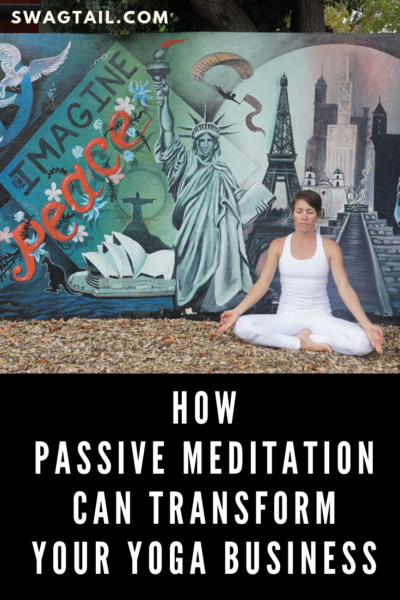 Meditation is often a technique sprinkled into yoga classes to increase a student’s connection with their inner being. Yet, many yoga professionals forget the power of this technique to enhance their own mental focus, intuition, and overall wellbeing. This post explores how passive meditation can be used to not only transform your life and your teaching quality, but also the broader aspects of your yoga business as a whole.
Meditation is often a technique sprinkled into yoga classes to increase a student’s connection with their inner being. Yet, many yoga professionals forget the power of this technique to enhance their own mental focus, intuition, and overall wellbeing. This post explores how passive meditation can be used to not only transform your life and your teaching quality, but also the broader aspects of your yoga business as a whole.
It’s ironic that as I write this article, my life is full of so many transitions. We are finishing a bathroom remodel, which has lasted months longer than expected. Steve and I moved entirely out of our Chico cottage–a place that served as home base for over a decade–so that the unit could become a rental. Then, yesterday, our neighboring town of Paradise went up in flames as the largest fire in California history threatens to burn up Chico as well. To top it off, we’re about to leave for 6 months.
This personal flux, along with the build-up in my business to launch a new online course in January, could cause me extreme distress. Worry could consume my thoughts, and such concern could decrease my appetite, offset my sleep cycles, and minimize my ability to make clear, confident decisions.
Yet, I meditate. Daily. In the dark hours of the morning, I find a comfortable seat and listen to the sound of the heater softly humming in the background of the room. It’s a time I give myself permission to simply be present. I’m not required to do anything, or impress anyone, or meet any deadlines.
The freedom found in these morning meditations gives me a tremendous amount of energy to tackle my daily responsibilities. It also provides an endless spark of creativity on how to serve you better. And, it provides a poised knowing that I’m perfectly on track with growing my business.
It’s this same intuitive confidence that I want to share with you via this post today. Let’s dive in!
WHAT IS PASSIVE MEDITATION?
There are two basic types of meditation: moving meditation and passive meditation. Passive meditation, also known as seated meditation, is a practice that is designed to transform the way you think, communicate and act. This is done by closing your eyes to the outside world and re-directing your attention to your innermost self.
During most moments throughout the day, you’re aware of the outer layers of your being. This includes your ever-changing surroundings, body, breath patterns, and mental thoughts.
The heart-mind, or citta in Sanskrit, consists of an outer mind, an inner mind, your ego, and memory. It’s the field that accepts sensory input from those outside sources and integrates them into ourselves. This information is then stored by the heart-mind and used to define our identity and our expectations for the future.
But the heart-mind uniquely sits between the outside world and the light of inner awareness. Puruṣa is this Divine light and represents the pure, unconditional love which rests at the core of your being. This puruṣa never changes. It’s quiet, still, timeless, and powerful.
When you practice passive meditation, you are able to see beyond the varying circumstances of your life and tap into this truth about who you really are. There are numerous ways to do this, some of which we’ll discuss below.
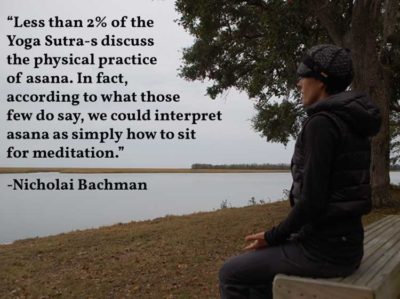
YOU’RE LIKE A TOASTER
Imagine that you wake up in the morning, and wander into the kitchen to make some breakfast. After rummaging through the cupboards and fridge, you decide on avocado toast. First, you pull out the toaster. Then you grab the bread. Next, you plug the toaster into an outlet, drop a slice of bread into the slot, and press down to begin the process which will transform your bread into toast.
Making breakfast is actually similar to passive meditation in that there are similar roles being played. They go something like this:
- Puruṣa is the unending source of power that pervades every atom in the manifest world. Yet, it’s not affected by any of its changes.
- Passive meditation is the cord that connects the toaster to electricity
- That leaves you as the toaster. If you don’t plug into Puruṣa via passive meditation, you don’t have the juice to create your life (and business) the way you want it.

Photo Credit: Aaron Burden
BENEFITS OF STILLNESS IN YOUR BUSINESS
In addition to tapping into the infinite power of the Universe, passive meditation has incredible benefits. These advantages affect both the personal and professional spheres of your life. Science shows that meditation enhances productivity and reduces stress–two great benefits when running a yoga business. Here are some additional ways stillness can positively transform your yoga business:
YOUR CLARITY INCREASES
In any given situation, the heart measures an emotional response from your surroundings and sends information to the mind to be stored as memory. These beliefs then become the foundation for your opinions, prejudices, and habitual patterns. Meditation helps clear the citta. It allows you to perceive objects and events with accuracy. The result? You’ll be able to identify misleading ideas or lies quickly. Confidence can replace uncertainty when making business decisions placed in front of you. And, with without the filter of the past, you’ll be able to receive new ideas and inspiration from even the most familiar circumstance.
Photo Credit: Ember and Earth Photography
COMMUNICATION IMPROVES
Passive meditation clears away the mental and emotional baggage that bogs down the heart-mind. This includes past perceptions and judgments of others. The result is that more Puruṣa, or unconditional love, can shine through. You can be more positive and compassionate toward others. You’ll be able to ask direct questions and listen authentically to prevent miscommunication. You will recognize that the same Puruṣa that resides within you is also within all others. Said another way, it’s like living the Namaste in all of your relationships instead of using it as just a phrase to acknowledge those who have participated in your classes.
YOU MAXIMIZE YOUR INFLUENCE
Yoga, and the practice of passive meditation, both develop your inner mind and intuition. This increases your ability to think independently and rely less on outer influences for validation. Said another way, your own unique light can shine more brightly. Your connection to the Divine becomes magnetic and people what to know your secret to inner happiness. This increase in influence can manifest as more clients and students. Or, it can result in the right clients and students at the right time paying the right price. Puruṣa is unlimited, and so are the ways it can take shape as success in your business.
REACTIVE TENDENCIES DECREASE
Seated meditation involves being still. Some styles of passive meditation insist on no movement at all, despite an itch on your ear or a tickle in your nose. The reason is that the time spent in stillness is a training ground to observe outside situations without always needing to react to them. In any business, challenges and unwanted circumstances will arise. But, if you are connected to Puruṣa, you’ll recognize that those problems do not define you. And, you’ll be able to view the lesson and solution with a wise eye.
From a scientific perspective, this correlates to shrinking gray matter in the amygdala (which is the part of the brain that affects our responses to scary situations). This decreasing gray matter is accompanied by a thickening of the pre-frontal cortex. This means you will have a slower reaction time to emotional situations and be able to make better decisions.
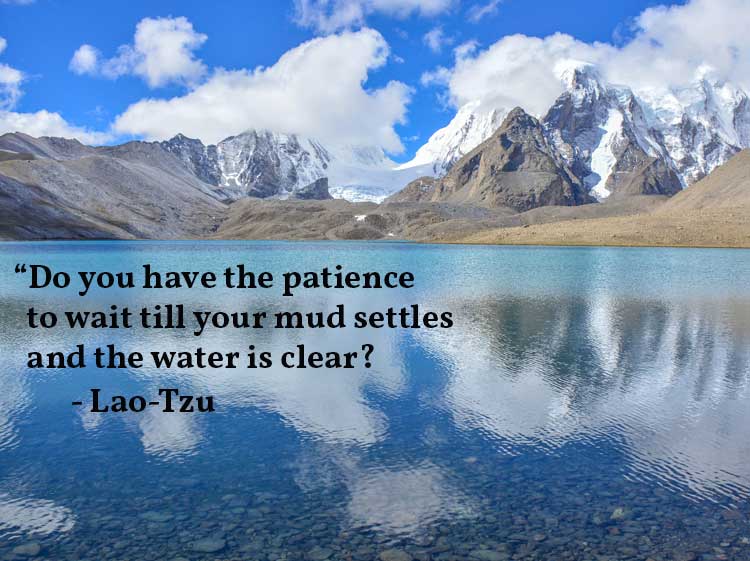
Photo Credit: Sudarshan Bhat
LET THE TRANSFORMATION BEGIN
Just like decisions are made about your business before you implement them into action, so, too, is passive meditation best utilized before starting daily tasks or teaching a class. Here are some simple ways you can incorporate stillness into your routine:
Set aside 10-15 minutes of your day
New habits are more easily acquired when they are tied to triggering or consistent activities already present in your day. So, if you can do this right when you wake up in the morning, or right after you brush your teeth before bed, you’ll more likely stick to the practice. It also helps if you know you won’t be disturbed by others during that time frame. You might want to set a timer in case you have appointments or other time-sensitive activities right after your meditative session. This way you won’t allow fear of missing out to have a foothold in your thoughts.
Find a comfortable seat
Select any position where your spine is upright. This could be in a crossed-legged position or in a chair, with your feet on the floor.
Close your eyes
Pratyahara, which is the fifth of eight yogic limbs outlined by Patajanli, is all about tuning out sensory input. When you close your eyes, 80% of this outer focus is taken away, and it allows your attention to shift inward.
Select a point of focus
Dharana, or point of focus, follows pratyahara on this eight-limb path. This part of passive meditation is where you proactively choose an object on which to place your attention. This could be:
- Your rhythmic breathing.
- A counting rhythm (such as inhaling to a count of five and exhaling to a count of five).
- Sensations in the body.
- A mantra (This is a repeated word or phrase. One example is repeating “I receive love” as you breathe in, and “I give love” as you breathe out).
- Specific images, such as those that would be prompted by a meditative guide.
Let each experience be unique
Samadhi is where you become so focused in the moment that your own sense of consciousness blends with the Divine. This sense of inner alignment can be euphoric. Yet, unlike a college degree that you get to keep after completion of your courses, samadhi comes and goes.
Your thoughts and emotions and life circumstances change. These all affect your ability to sustain focus during meditation on any given day. Instead of focusing on the outcome, trust that your time in stillness is a benefit in and of itself. Enjoy the process, and allow yourself the time to simply be.
Keep in mind that, like yoga, it’s called a practice for a reason. It takes commitment over time to experience the advantages it provides. It’s not an overnight solution to years of conditioning.
THEN … Observe changes in your business
Use a hand-written journal or online tracking system to write about changes that are taking place in your business. Reflect on how you are different approaching new situations and clients. Assess your ability to handle risk courageously. These insights can be a valuable resource to not only validate your own growth but also highlight the ways in which you are more effectively navigating your career.
PUTTING IT TOGETHER
Passive meditation is a powerful practice that connects you with the infinite power of the Universe and the Divine light that resides within you always. As you tap into this resource, you can transform yourself and your yoga business. The result looks like increased productivity, satisfaction, creativity, and clarity. Meditation also reduces your stress and allows you to more effectively handle new and challenging situations. If this many benefits can result from just 15 minutes each day in stillness, why wouldn’t you add this to your routine right away?
For more meditation resources, visit:
Then, join us next week as we reveal six elements of effective marketing.


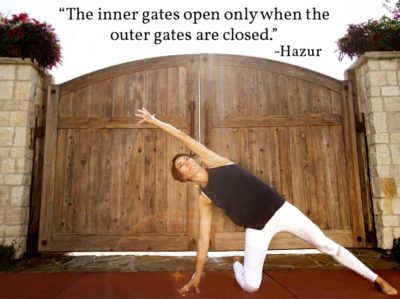
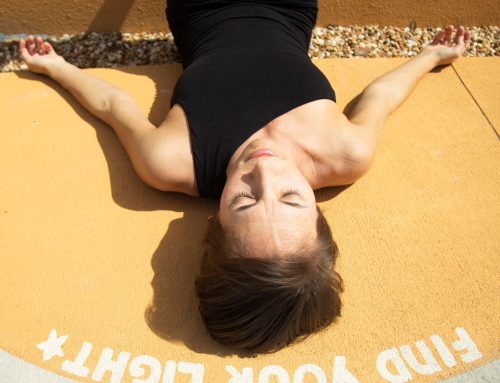

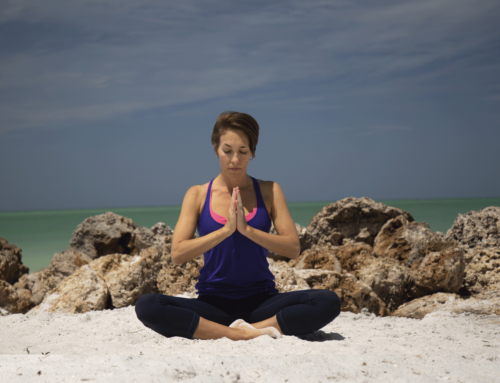
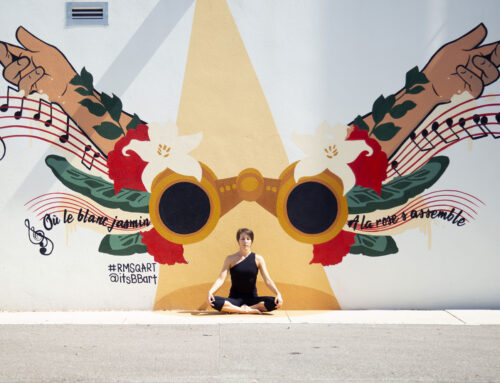
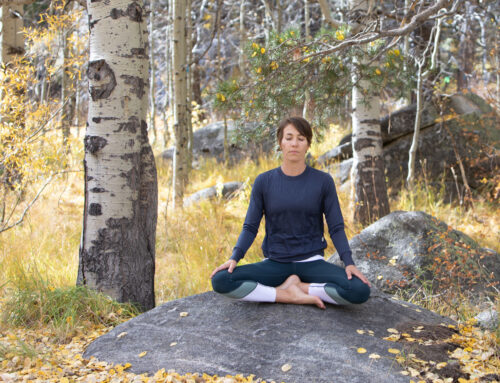

I have a question.
When you said
“I give love” as you breath in, and “I receive love” as you breath out).
====for me it is more natural to be opposit around……inhale breath -I receive and exhhale breath-I give love.
Do you think it make sense or if not, please tell me a reason.
Hi Maki,
You’re right! I totally agree. I’ve made those changes and thank you for your catch on this! Enjoy your day!